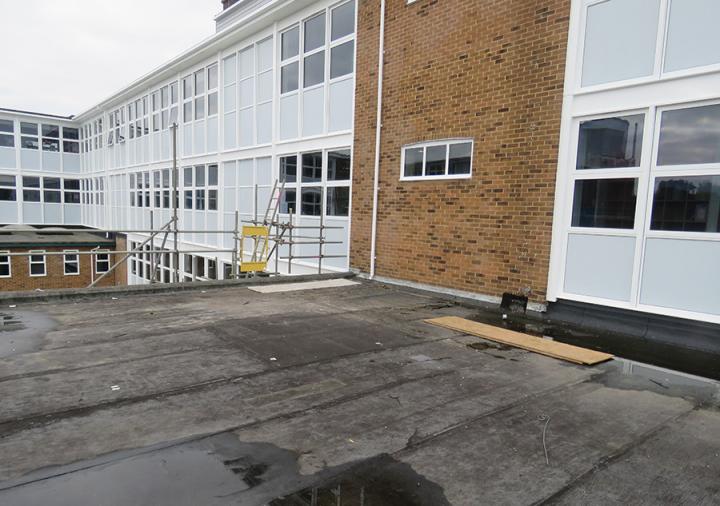Schools concrete crisis: Where do schools stand legally?

More than 100 schools across England have been told to fully or partially close amid fears over unsafe concrete.
Guidance published by the Department for Education on 31 August intended to help schools ‘understand how to identify Reinforced Autoclaved Aerated Concrete’ (RAAC) amongst growing safety concerns. RAAC is a form of concrete used widely between the 1950s and 1990s. The material gained popularity due to being lightweight, easier to work with and cheaper than traditional concrete. However, RAAC is weaker than traditional concrete and, with a lifespan of approximately 30 years, is now feared to be at risk of collapse.
Issues with RAAC have been known since the 1990s, during which the Building Research Establishment (BRE) undertook inspections across a number of schools and reported concerns about the defective material. The imminent fear of RAAC in schools was accelerated by the collapse of a concrete block from the roof of a Kent primary school in 2018. However, despite the known concerns about RAAC, requisite remedial measures have not been taken.
The government guidance was introduced only days before schools across the country were due to open for a new school year. The lateness of the measures has been met with huge criticism. Daniel Kebede, General Secretary of the National Education Union, has said the situation will “cause massive disruption to the education of thousands of children and huge inconvenience for school leaders”.
The Department for Education has published an official list of 147 schools in England affected by RAAC, but the number is likely to increase as further surveys are carried out.
Commentary
Concerns over RAAC are a further burden on schools still affected by the aftermath of the pandemic. The education secretary confirmed that temporary mitigation measures will be funded by the Department for Education, but this is unlikely to allay the safety concerns of pupils, parents and staff as the new school year arrives.
From a legal perspective, the widespread use of RAAC ended in the 1990s, meaning the contractual limitation period for works using this concrete has likely expired. Therefore, the constructing parties may well be time-barred from any potential claims. However, given the prominence of the RAAC issue, it is likely that the professional indemnity insurance market will amend or tighten its policies to exclude RAAC.
The Health & Safety at Work etc. Act 1974 gives organisations a duty to ensure, so far as is reasonably practicable, the health, safety and welfare at work of all employees. The risk of collapse may breach the duties imposed by this act, so widespread remedial action will likely be required across buildings constructed with RAAC. Given the wide concern, the government will likely publish additional guidance. However, if your school or building is affected and you need advice and support, contact Joanne Davison on 0191 211 7958 or email [email protected]
